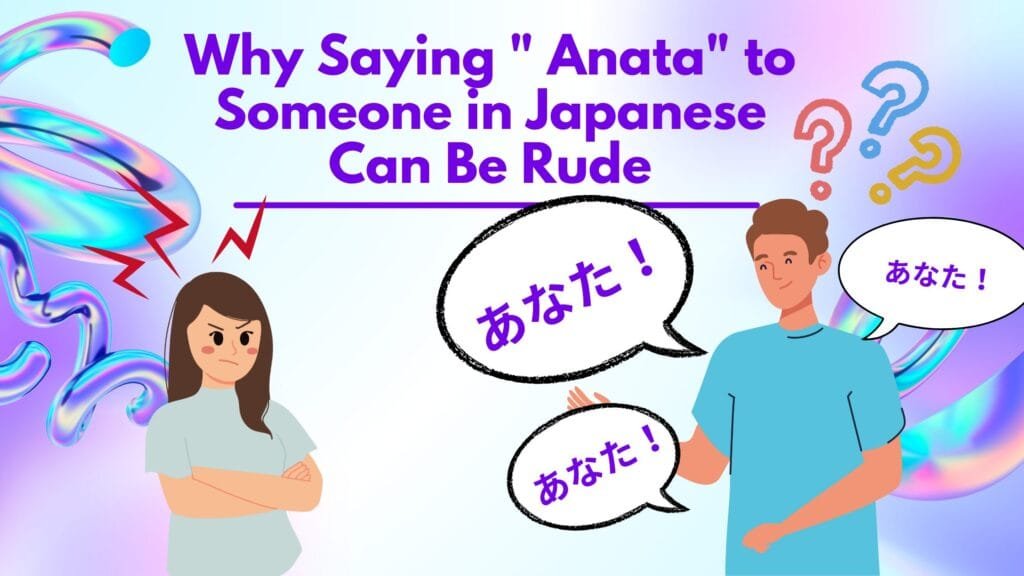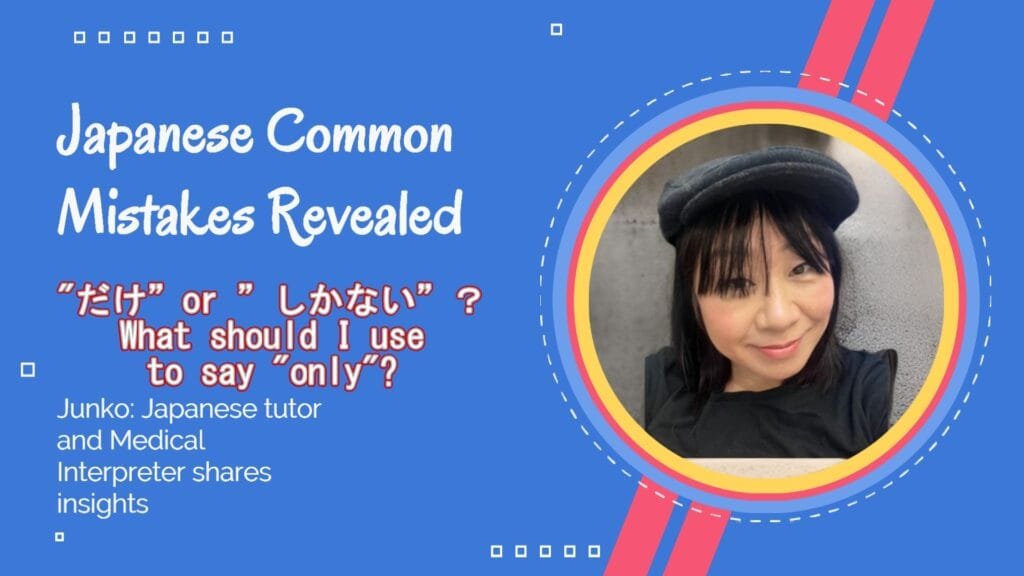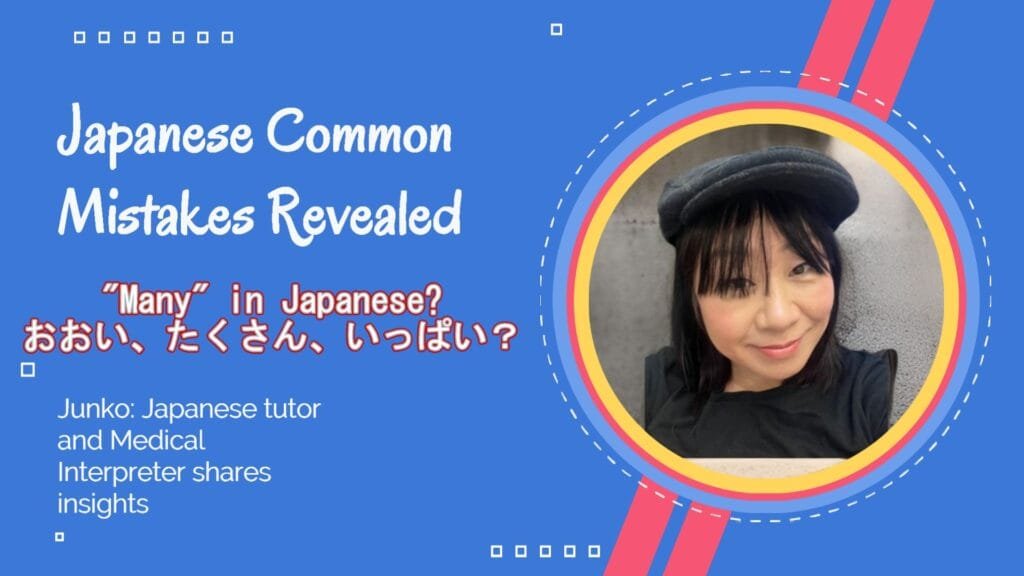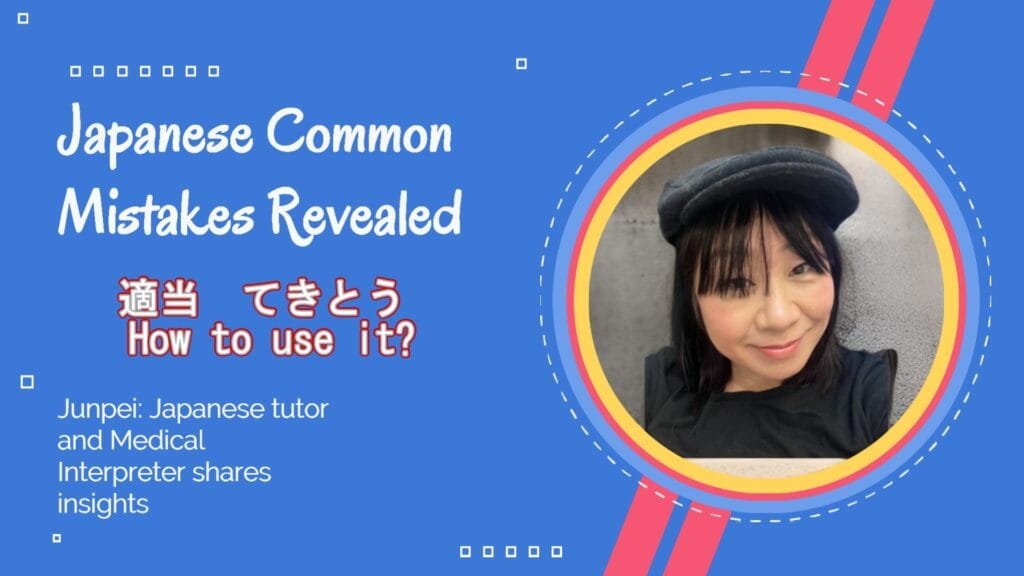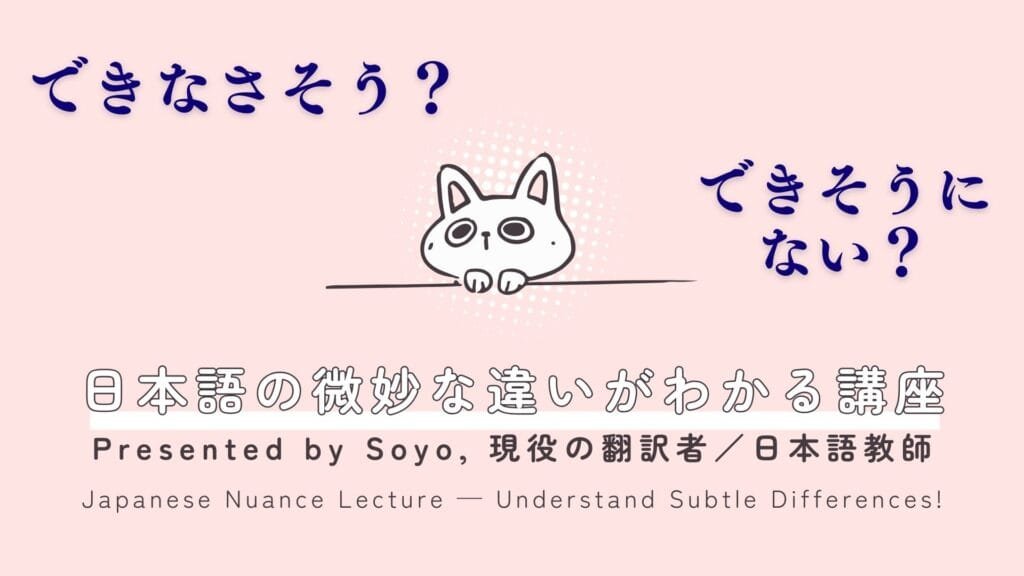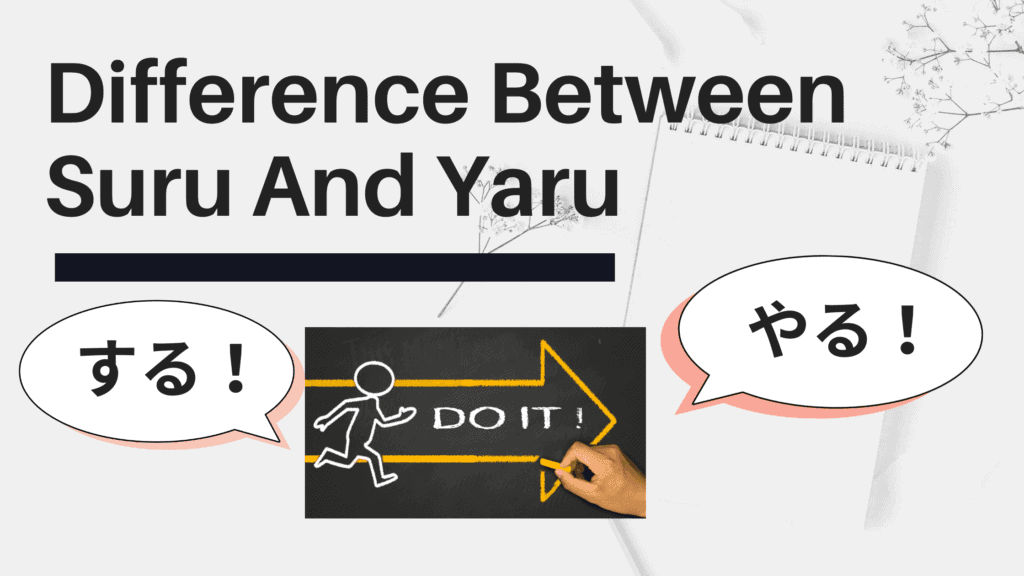Why Saying ANATA(あなた) to Someone in Japanese Can Be Rude
When learning Japanese, one of the first words you’ll likely encounter for “you” is “anata.” While it’s technically correct, using “anata” can sometimes come across as impolite or even offensive. This article will delve into the nuances of this word and provide you with better alternatives to use in various situations. The Problem with “Anata” “Anata” is written with the characters for “that direction” or “over there.” While it literally means “you,” it carries a certain distance or formality that can be problematic in modern Japanese. Here’s why: Better Ways to Say “You” in Japanese So, what should you say instead of “anata”? Here are some common and polite alternatives: […]
Why Saying ANATA(あなた) to Someone in Japanese Can Be Rude Read More »

